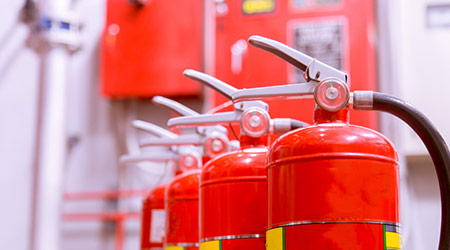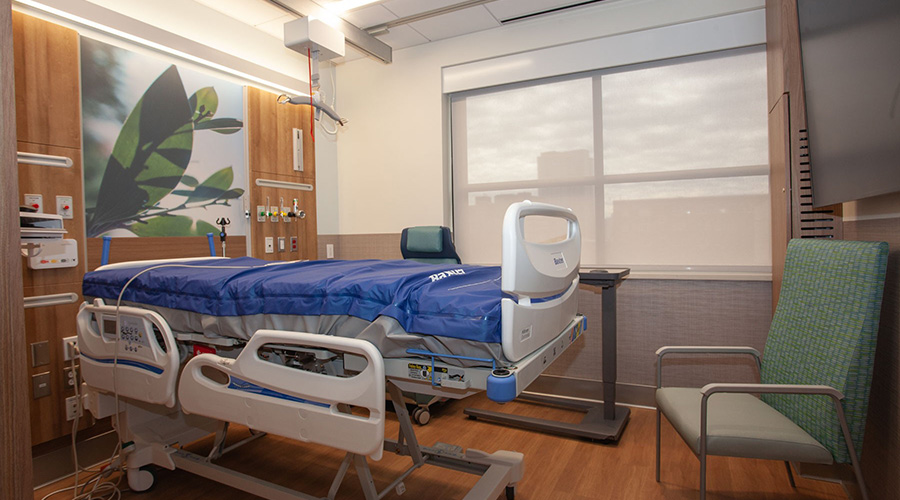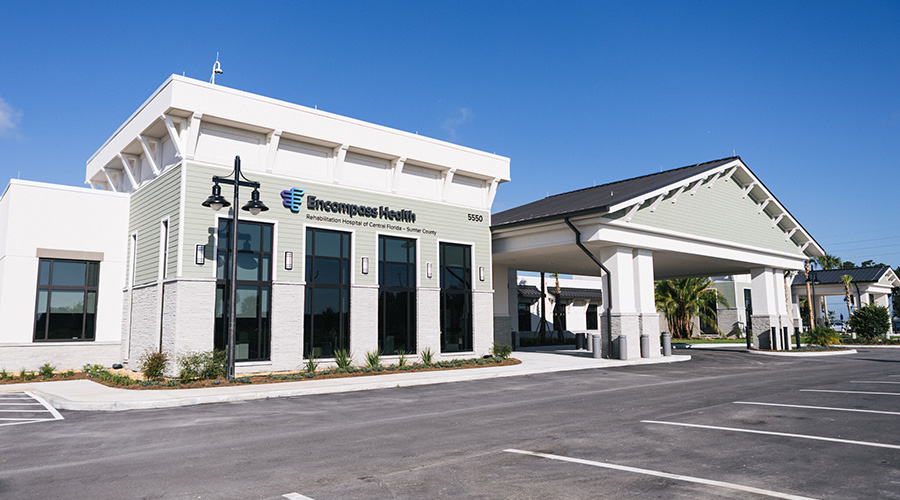Q: At our hospital there is some question about which type of portable fire extinguisher should be installed in our operating rooms. We can't find an actual requirement for this and would appreciate your opinion.
A: I don’t think you will find anything in the NFPA codes and standards that recommends a type of fire extinguisher to be used in an operating room. To be sure, section 9.7.4.1 of the 2012 LSC says portable fire extinguishers must be selected, installed, inspected, and maintained in accordance with NFPA 10.
Section 5.1 of NFPA 10-2010 says the selection of fire extinguishers for a given situation shall be determined by the following factors:
(1) Type of fire most likely to occur
(2) Size of fire most likely to occur
(3) Hazards in the area where the fire is most likely to occur
(4) Energized electrical equipment in the vicinity of the fire
(5) Ambient temperature conditions
So, what types of fires are likely to occur in an operating room? I would say Type A fires (fires involving combustibles like paper, plastic, cardboard, linen); and Type B fires (fires involving combustible and flammable liquids, like skin prep alcohol); and Type C fires (fires started by electrical means). I don’t believe Class D fires (combustible metals) and Class K fires (cooking oils) are very likely in an operating room.
So, you need portable fire extinguishers that will cover ABC fires, but the most common ABC extinguisher is a dry powder and is not suitable to be used in an operating room. So, you could use a CO2 type extinguisher which could handle BC fires, and the CO2 is a clean agent that would not do any residual harm to the patient. But what to do about Class A fires? Most surgical procedures have sterile water in a basin in the sterile field of the surgery. You can teach the staff to use the sterile water on any Class A fire involving the patient or nearby.
Keep in mind, there is no requirement that you have to have portable fire extinguishers in the operating room. All you need is to meet the maximum travel distance to get to a fire extinguisher. You could place a Class BC extinguisher out in the corridor outside the operating room, which would be fine as long as you do not exceed the travel distance to get to a Class B extinguisher, which is 35 feet for a 5-lb. unit and 50 feet for a 10-lb. unit.
Brad Keyes, CHSP, is the owner of KEYES Life Safety Compliance, and his expertise is in the management of the Life Safety Program, including the Environment of Care and Emergency Management programs.

 Streamlined Integrated Project Delivery Tackles Design Challenges
Streamlined Integrated Project Delivery Tackles Design Challenges Encompass Health Rehabilitation Hospital of Central Florida - Sumter County Opens
Encompass Health Rehabilitation Hospital of Central Florida - Sumter County Opens Rudolph and Sletten Awarded $960M for New UCSF Benioff Children's Hospital
Rudolph and Sletten Awarded $960M for New UCSF Benioff Children's Hospital How Designers Create Welcoming Senior Care Communities
How Designers Create Welcoming Senior Care Communities Data-Driven Decisions: How Analytics Are Shaping Healthcare Facility Planning
Data-Driven Decisions: How Analytics Are Shaping Healthcare Facility Planning